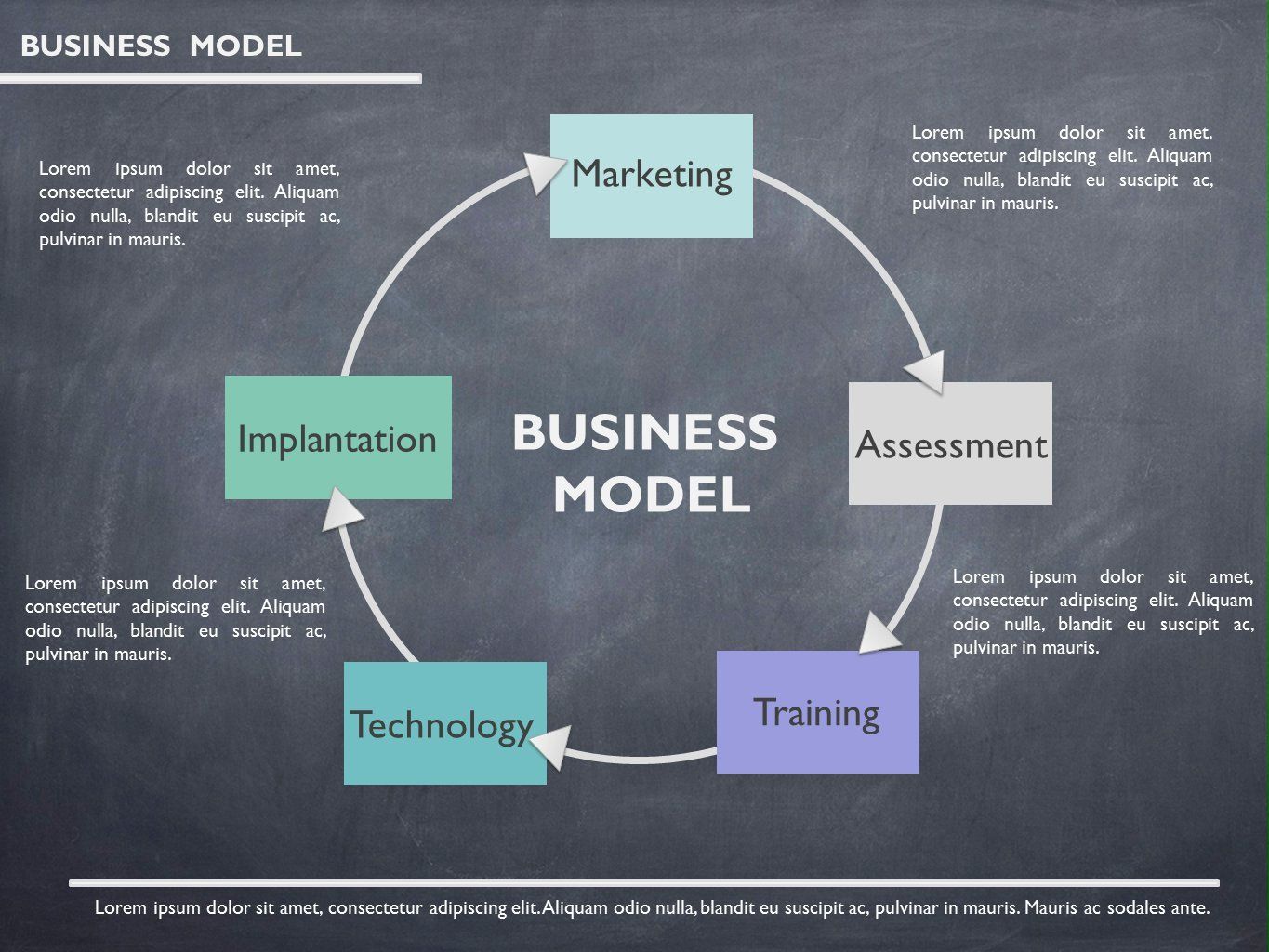“`html Complement your reading with this recommended external website, filled with additional and relevant information about the subject. video para texto, uncover fresh information and intriguing perspectives.
Embracing Accessibility in Media
In our increasingly interconnected world, the importance of accessibility cannot be emphasized enough. Growing up in a multilingual household, I experienced firsthand how language can connect — or sometimes disconnect — people. My parents often entertained guests who spoke various languages, and I learned early on the significance of finding common ground. This personal journey laid the foundation for my career in media, where my passion became ensuring that content remains accessible to everyone.
The evolution of video subtitling highlights this pursuit of greater accessibility. What began as basic text overlays to clarify dialogue has morphed into a necessary service for millions. Creators today must view subtitling not merely as an optional feature but as a crucial part of their craft. This shift is indicative of a broader trend within the media industry, recognizing that inclusivity is essential for reaching wider audiences.
Technological Advances Shaping Subtitling
At times, technological advancements emerge that redefine our understanding of possibilities. I still remember my first experiment with automatic subtitle generators. With just one click, I could generate real-time subtitles for a video, and it felt almost magical. Yet, I quickly realized that these tools still needed a human touch. Their accuracy is often influenced by the context, tone, and cultural nuances of what’s being said.
Today, companies blend technological innovation with human oversight to develop more effective subtitling options. For instance, AI tools play a significant role in speeding up the subtitling process while enhancing precision. Many people argue that these advancements make captioning increasingly relevant, especially for fast-paced platforms like YouTube and social media. With the ability to dynamically translate and adjust subtitles based on user preferences, the future of video subtitling is undeniably promising!
Cultural Nuances: A Rich Tapestry of Understanding
One of the most eye-opening moments in my career occurred at a film festival showcasing international cinema. It was there that I realized subtitling serves not only to decode dialogue but also to convey cultural elements, humor, and emotions that might otherwise be lost. Different regions express themselves in unique ways, and the right subtitles facilitate an understanding of those subtleties.
Collaborating with diverse filmmakers and translators illuminated the importance of preserving the integrity of the original language. One memorable example involved a subtitled film from Japan teeming with wordplay and cultural references. The team dedicated countless hours to ensuring that the subtitles captured not just the literal meaning but also the essence of the dialogue. This commitment to cultural fidelity underscores how subtitling can bridge gaps, enabling viewers from different backgrounds to enjoy the same content together.
The Rise of Diversified Formats
Throughout my years in the media industry, I’ve witnessed how formats have diversified. From broadcast television to streaming platforms, each medium has its own subtitling requirements. Initially, traditional broadcasters adhered to stringent quality standards, while streaming platforms now often adopt a more relaxed approach. However, this shift should not compromise quality.
I reflect often on how subtitles encompass more than just text; they also involve timing and synchronization with audio. Each format necessitates careful consideration of how audiences engage with content. As I moved from traditional media to web platforms, Home I had to adapt rapidly, embracing this evolution and understanding that viewers increasingly expect tailored experiences. Meeting these expectations means creating subtitles that not only enhance the viewing experience but also respect cultural context.
Looking Ahead: Challenges and Opportunities
As we look to the future, the opportunities for video subtitling and accessibility are boundless. However, this journey isn’t without its challenges. While technology continues to progress, maintaining a personal touch and ensuring high-quality subtitling remain critical hurdles. Even as machines improve in their language processing capabilities, the human element remains irreplaceable.
From my vantage point, the industry must constantly pursue enhancement, never becoming complacent. Embracing feedback from diverse audiences will empower creators to refine their content. Having navigated the changes of the past, I feel hopeful about what lies ahead. By prioritizing inclusivity and remaining open to innovative ideas, we possess the ability to transform video content into something not just accessible, but genuinely enjoyable for all.
“` Visit this external resource for additional information on the topic. transcrever video, explore the subject more extensively.








































































































































































































































































































































































































































































































































